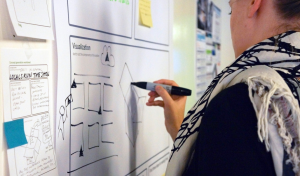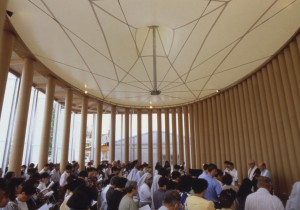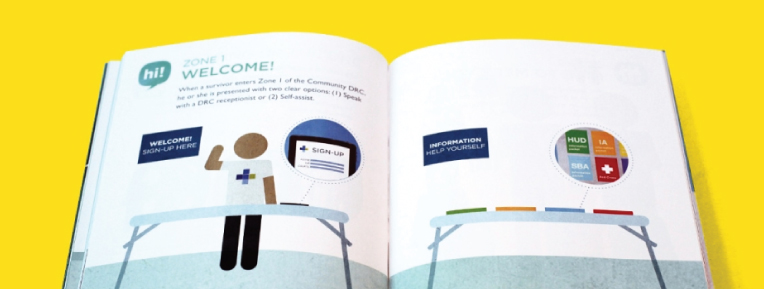I’d like to start by saying I love my profession.
The first visual communications class I took in high school clicked with me instantly, and since then I haven’t wanted to do anything else. That being said, I spend a lot of time justifying what I do and even more often explaining why it matters. Most people have completely harmless intentions when they say things like “Oh, you just make pretty things all day,” and I’m guilty of making the occasional art degree joke myself.
Lately though, I’ve started to realize what a disservice I’m doing to myself and other designers when I downplay my profession or don’t take the time to explain why what I do matters. Not all projects are life changing, and I’m never going to compare the importance of a graphic designer’s work to a surgeon’s, but there are things going on in the design world that have the potential to affect the world in a positive way.
I was really inspired after reading about FEMA including a design consultancy called Frog in their Hurricane Sandy recovery process in 2012.
 Designers (along with other experts in various fields) were brought in to provide a different perspective on the systems FEMA had in place.
Designers (along with other experts in various fields) were brought in to provide a different perspective on the systems FEMA had in place.
They went out and assessed the systems firsthand, but with a designer’s eye. Because of their training and specific skill sets, they were able to address issues with visual signage and organization, many of which are now being improved with solutions as simple as color coding and iconography.
It’s really exciting to hear designers being called in to help innovate a big project, especially something as important as natural disaster relief efforts. It’s also refreshing to hear of a federal agency making a conscious effort to solve problems in a new way. People and organizations are often stuck in the mindset that things have to be done a certain way. Our rationale behind this is usually just “because that’s how it’s always been done,” but this kind of thinking is incredibly negative and limiting.
Another example of great innovation in preparation for natural disasters, is the paper tube shelter design by Japanese architect, Shigero Ban. His idea for an unconventional and inexpensive design for temporary shelters won him the 2014 Pritzker Architecture Prize.
 Ban decided on paper tubes because of their low cost and light weight, which are both important after something as devastating as a natural disaster.
Ban decided on paper tubes because of their low cost and light weight, which are both important after something as devastating as a natural disaster.
Tom Pritzker, who is chairman of the foundation that sponsors the award said of Ban’s work, “It’s any materials that he spots. He lives his life looking at materials differently than the way you and I do.” Not only was he thinking of materials differently, he was also creating something beautiful in the process. His shelters are as impressive to look at as they are functional, which is meant to be a small comfort to families who have often lost everything.
There are many examples out there of creative people changing the world, and these are just a few. I’m going to challenge myself to think about design in a less conventional way. My goal is to convince more people of the importance of designers. Regardless of your profession, we should all reevaluate the way we do things, and use our skills in unique ways to make a difference.
Images via NPR and FrogDesign.com
